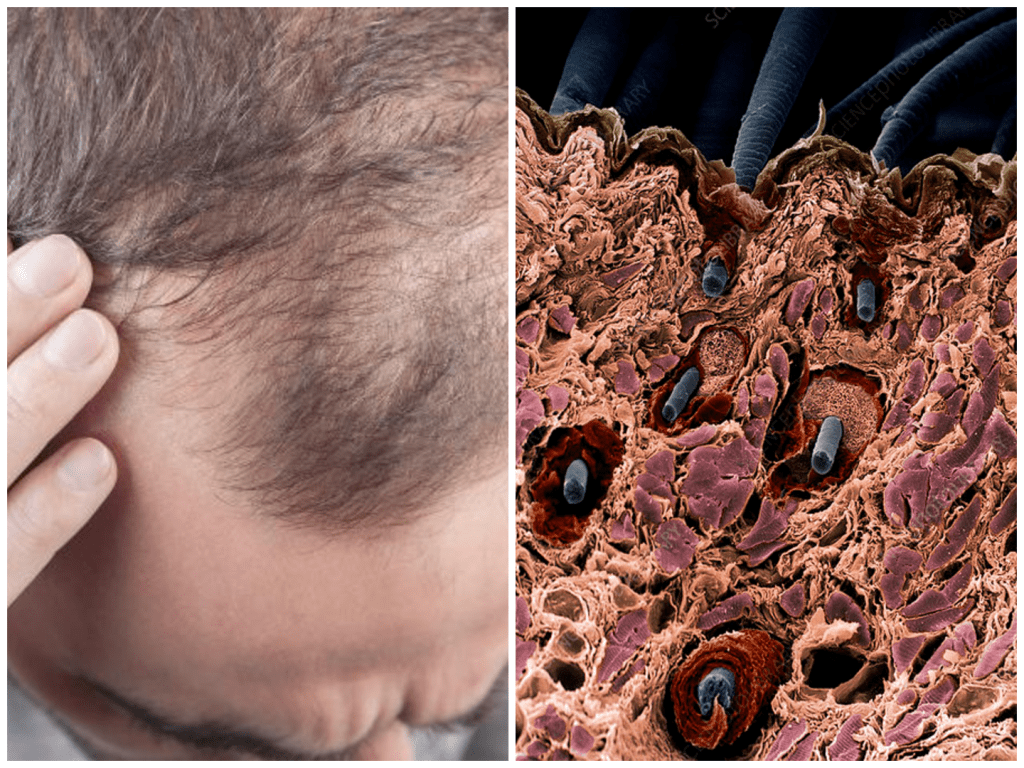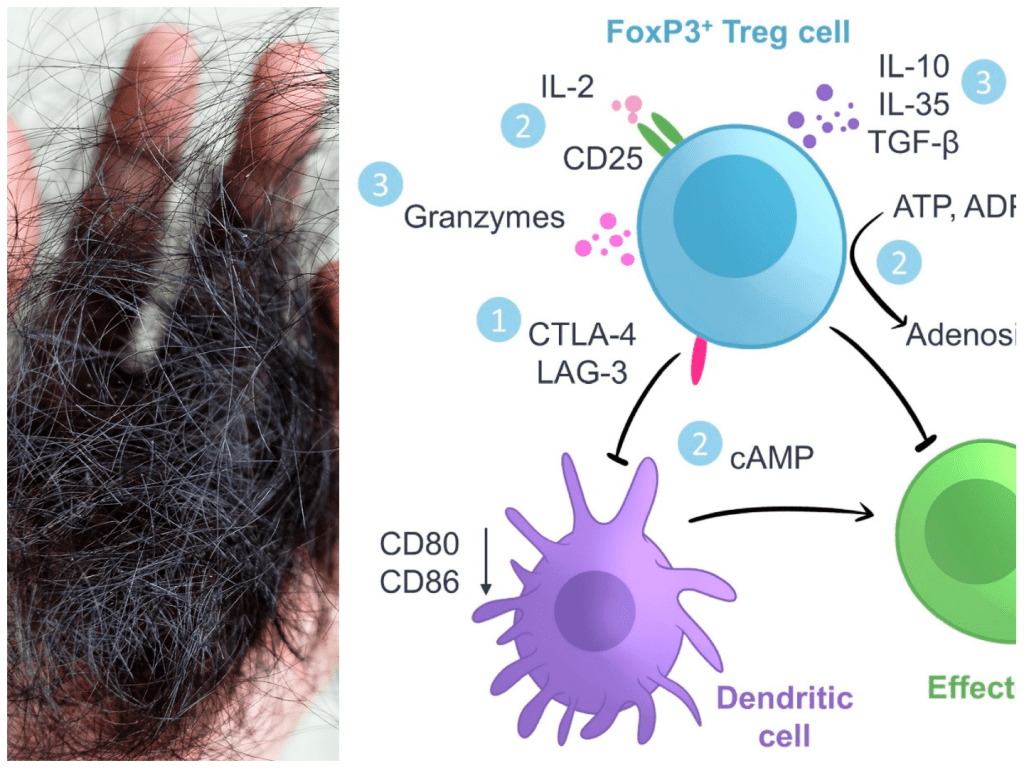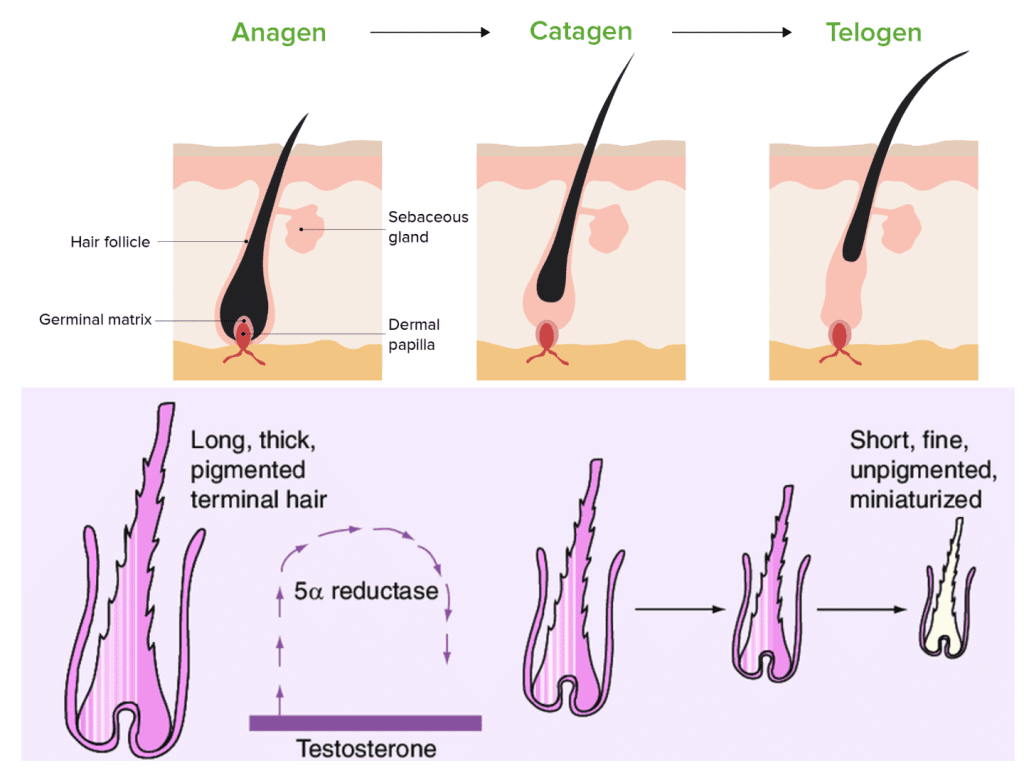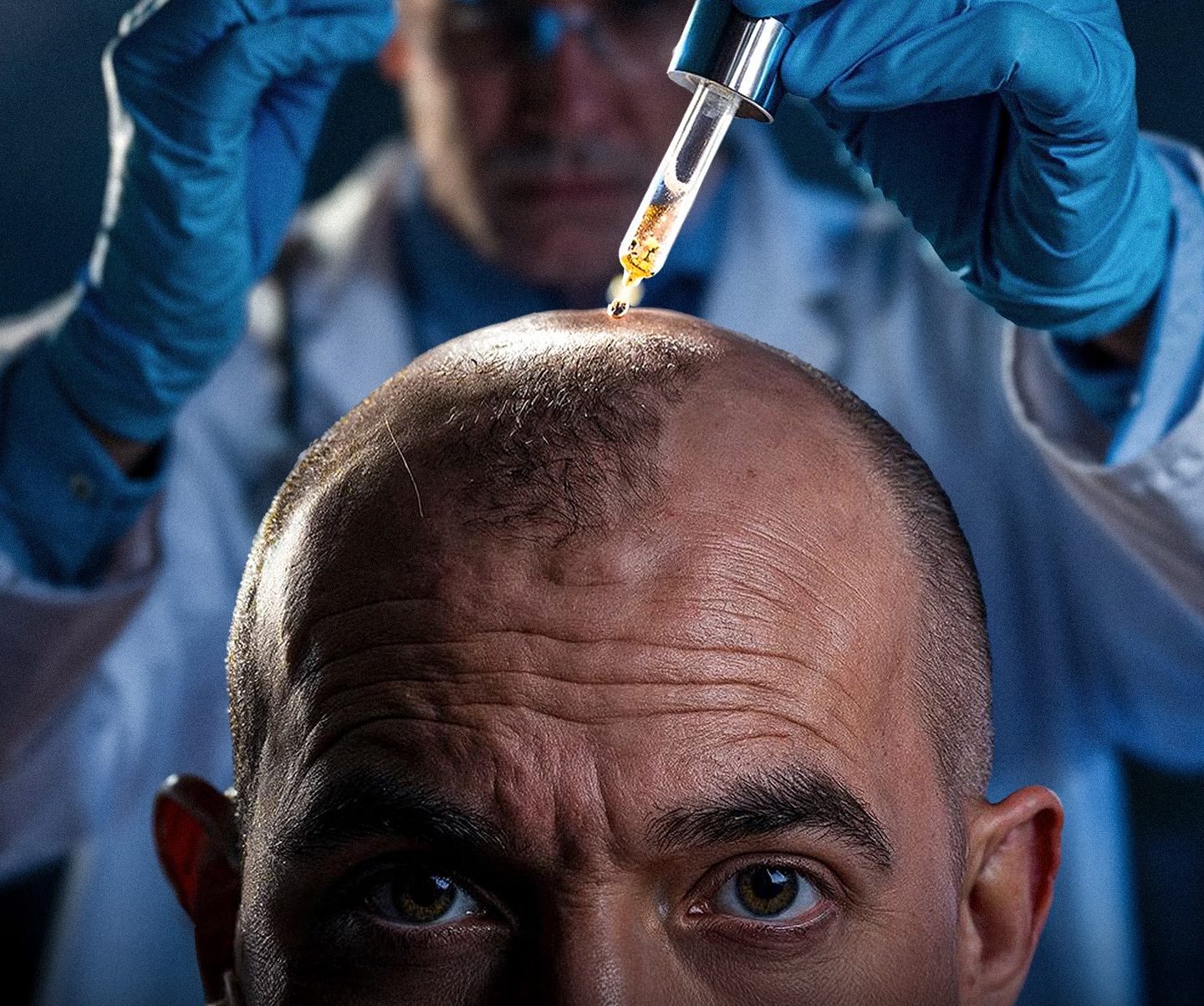Scientists Discover a T‑Cell Strategy That Could Regrow Lost Hair—How Our Own Immune Cells May Become the Next Big Hair‑Growth Treatment
I didn’t expect a story about hair to begin with the immune system. Hair loss usually gets framed as vanity or genetics you can’t outrun, something you fight with shampoos, pills, and a prayer. But a new wave of research has been quietly rewriting that script, and it starts with some tiny peacekeepers inside us called regulatory T cells—“T‑regs” if you like shorthand. These are the cells best known for preventing our immune system from attacking the wrong targets. Now scientists are showing they can also act like travelling repair crews, roaming to places that need help and nudging the body’s own stem cells to repair tissue. That includes hair follicles.

The headline that caught my eye came out of the University of Cambridge in 2024. Their immunology team looked at T‑regs across the body and found something surprisingly simple: instead of being dozens of specialized, stationary types, T‑regs behave like a single, mobile population that can move to the tissues where they’re needed, expand on site, and switch into different “modes” depending on the job. In lab and animal work, the researchers were able to guide these cells to a particular organ, turn them on locally, and stimulate healing—all without suppressing the entire immune system. Among the possibilities they mentioned was regrowing hair follicles. That was the moment this stopped sounding like science fiction and started feeling like a roadmap.

It helps that this isn’t coming out of nowhere. For years, dermatology labs have been uncovering a tight relationship between skin T‑regs and hair‑follicle stem cells. A widely cited study from 2017 showed that T‑regs in mouse skin actually tell hair‑follicle stem cells when to wake up and make new hair shafts, using a signal called Jagged1 to flip the switch. When those T‑regs were removed at the wrong moment, shaved fur didn’t grow back on schedule. Later work added more detail; for example, steroid signals working with T‑regs could push dormant follicles into a growth phase in certain models. Put the pieces together and you get a pretty elegant picture: follicles are not just little factories that turn on and off by themselves. They’re part of a neighborhood, and immune cells are some of the neighbors with keys to the lights.
If you’ve ever watched a friend go through hair loss, you know how big that is. We tend to throw everything at the problem—topicals, vitamins, laser caps, transplants—because the stakes feel personal. Hair touches identity and confidence and the awkward jokes you tell to make peace with the mirror. The idea that the body already owns a set of instructions for coaxing follicles back to life is both comforting and a little humbling. It says there’s a biology of regrowth waiting to be guided, not just a pharmacy aisle to be raided.
From lab bench to barbershop? What the science actually shows

Before we sprint too far ahead, it’s important to keep our shoes on the ground. The Cambridge work is a genuine leap, but it’s still preclinical—done in controlled lab systems and in animals, not yet in human scalps. What’s new is the strategy: find the T‑regs, steer them to the exact place you want them, and activate them locally so they help heal that one tissue instead of quieting the immune system everywhere. That last part matters. Many current immune‑modifying drugs can suppress defenses across the board. A targeted approach could avoid that trade‑off. But targeted also means complicated. Scientists have to prove they can guide cells safely, dial their activity up or down at the right time, and then show the effect translates to people.
It’s also worth separating types of hair loss. Alopecia areata, for example, is autoimmune: the immune system attacks follicles, and people develop patchy hair loss that can be dramatic but often reversible. This is where immune‑guided treatments make the most immediate sense. In fact, the first medicines approved for severe alopecia areata in recent years (JAK inhibitors) already work by tuning down harmful immune signals. A future therapy that boosts or redirects helpful T‑regs right in the scalp could, in theory, calm that attack while nudging follicles back into growth. It’s the difference between turning the whole city’s power down and sending electricians to one neighborhood to fix a blown fuse.
Pattern hair loss—male and female androgenetic alopecia—is more complicated. Hormones, genetics, and gradual miniaturization of follicles dominate the story. T‑regs may still play a supporting role by helping hair‑follicle stem cells wake up on schedule, but no one has shown in humans that T‑reg targeting alone reverses the miniaturization behind pattern baldness. It’s fair to say the immune approach could complement existing strategies in the future, especially where inflammation is part of the local environment, but we should be cautious about assuming it’s a silver bullet for every type of thinning.
What makes the new research feel different is the precision. In animal models, the Cambridge team didn’t just watch T‑regs move; they learned to beckon them and amplify them in one place. That’s closer to how a real treatment would work: a targeted signal that asks your own immune cells to show up in the scalp, do the hair‑friendly things they’re naturally good at, and then stand down. It’s the opposite of blasting the whole system with medicine and hoping follicles get the message.

There’s another reason to be optimistic without being overeager. Scientists used to describe immune cells almost entirely in terms of defense—seek, destroy, repeat. Over the last decade, we’ve learned they also help build and repair. Skin, muscle, liver, and nerve tissues all show versions of this partnership. When you cut your skin, certain immune cells clean up debris, call in growth factors, and signal stem cells to rebuild. Hair follicles are just particularly visible because their cycle—from quiet to active to shed and back again—plays out in front of a mirror. If T‑regs can be coached to help that cycle along after it has stalled, the approach won’t be limited to hair. The same toolkit could apply to wounds that won’t heal, inflamed organs that need repair, or scars that could be softened by better‑timed regeneration.
Of course, biology rarely gives gifts without fine print. If you’re imagining a cream you rub on your head next summer that summons perfect curls, slow down. Moving a therapy from mice to people usually takes years. Researchers have to show they can control dose and timing, monitor for rare side effects, and confirm that human follicles listen to the same immune cues in the same way. Trials will start small and cautious, probably in autoimmune hair loss first. And even if everything goes well, the earliest versions may be clinic‑delivered procedures rather than a bottle you can buy. That’s not a reason to feel deflated; it’s how careful medicine gets built.
I think that’s why this story feels hopeful without being hype. It doesn’t ask us to believe in magic. It asks us to believe in the body. The tools are our own cells, the instructions are our own signals, and the goal is not to force hair to grow but to remind follicles how to do what they were born to do. If you’ve ever stood under a harsh bathroom light and counted the hairs on your brush, you know how powerful that reminder could be.
There’s a human angle here that’s easy to miss amid the acronyms. Hair loss can hurt in small, persistent ways. People plan their social lives around hats. They dodge cameras. They joke first so no one else will. A treatment built on the body’s own healing network—administered carefully, tested rigorously, and targeted to the right conditions—won’t change who we are. But it could change the moment someone looks in the mirror and sees recovery starting at the edges. That’s worth the patience it will take to get from lab bench to barbershop chair.
For now, the smart path is curiosity with guardrails. Celebrate that scientists have mapped a mobile, fix‑it side of the immune system and shown how to guide it, at least in animals. Remember that translation to humans is a long road. Keep an eye on clinical trials from the Cambridge team and others working on immune‑guided regeneration. If you’re managing hair loss today, your best bets remain the proven options your clinician recommends. But let this research widen the horizon. It’s not just about fighting loss anymore. It’s about learning how to invite growth.
When I think about the future this points to, I picture something surprisingly modest: a quiet clinic room, a clinician explaining how they’ll signal your own T‑regs to gather in the scalp and nudge sleepy follicles awake. No drama, no miracle claims. Just a conversation about timing and follow‑up and what to expect. And then, weeks later, a hand running absently through hair that feels a touch thicker than before. Science rarely arrives with fireworks. More often, it arrives like that—one careful study at a time, one small change you notice in your own bathroom mirror.

